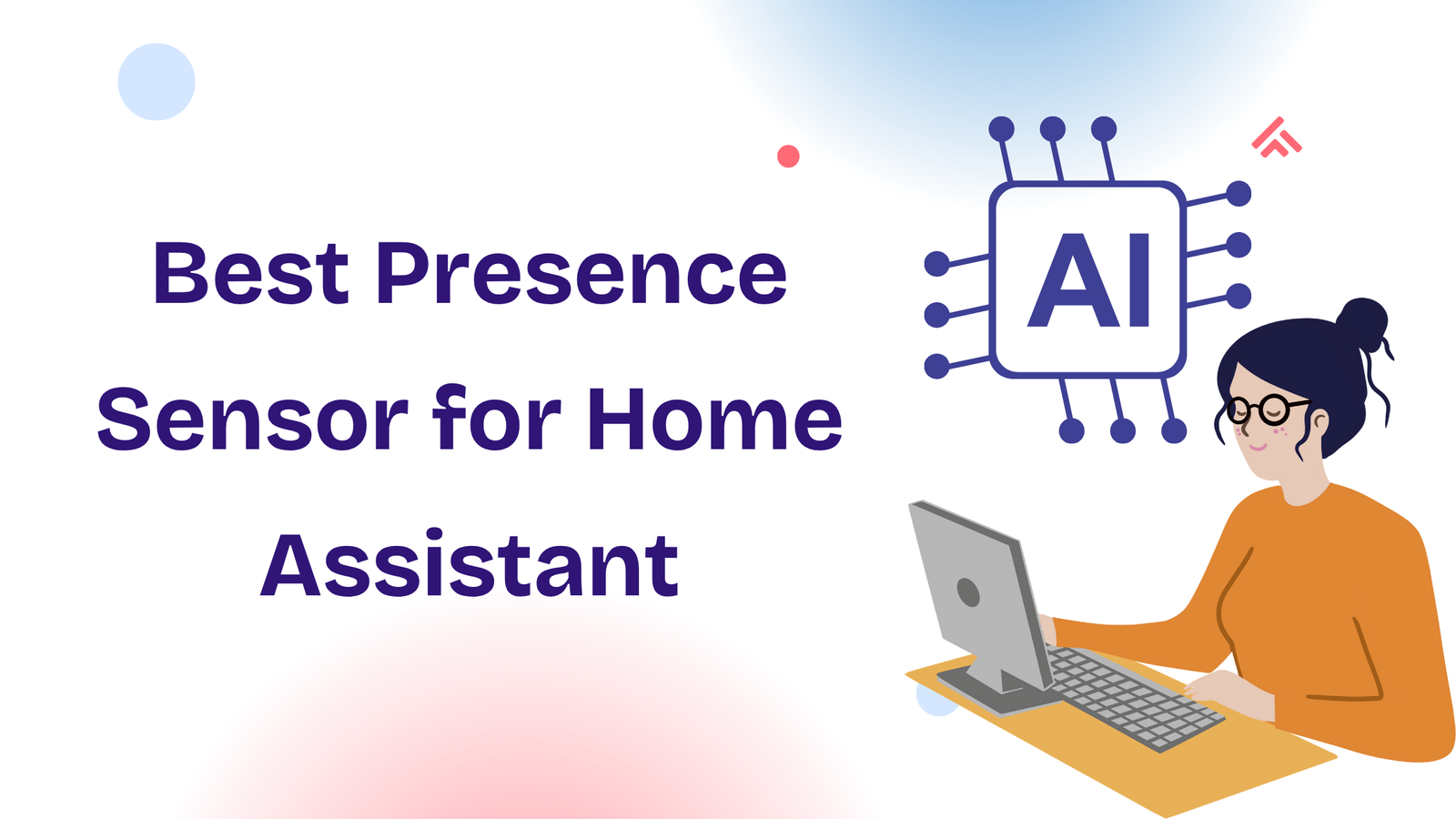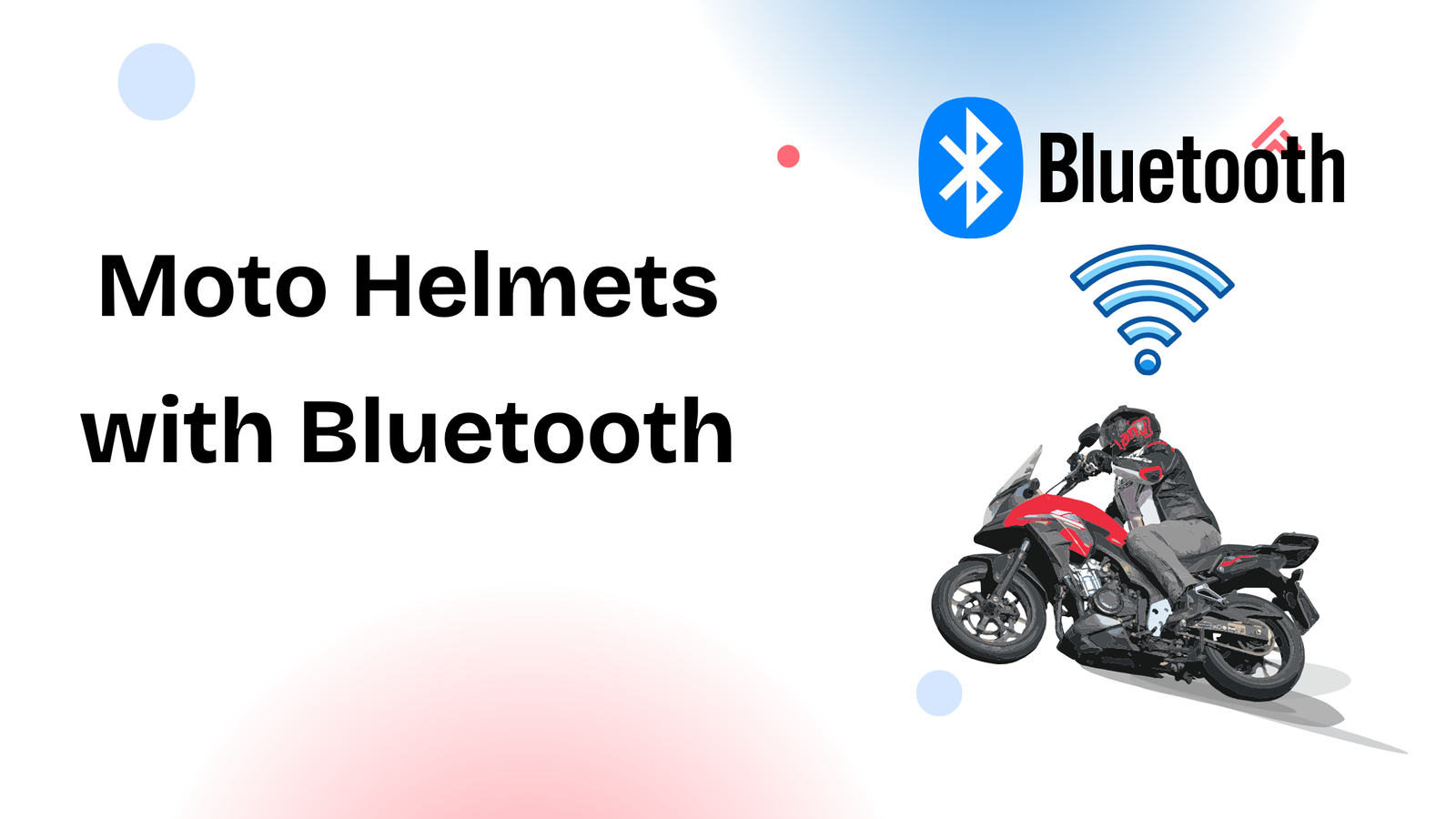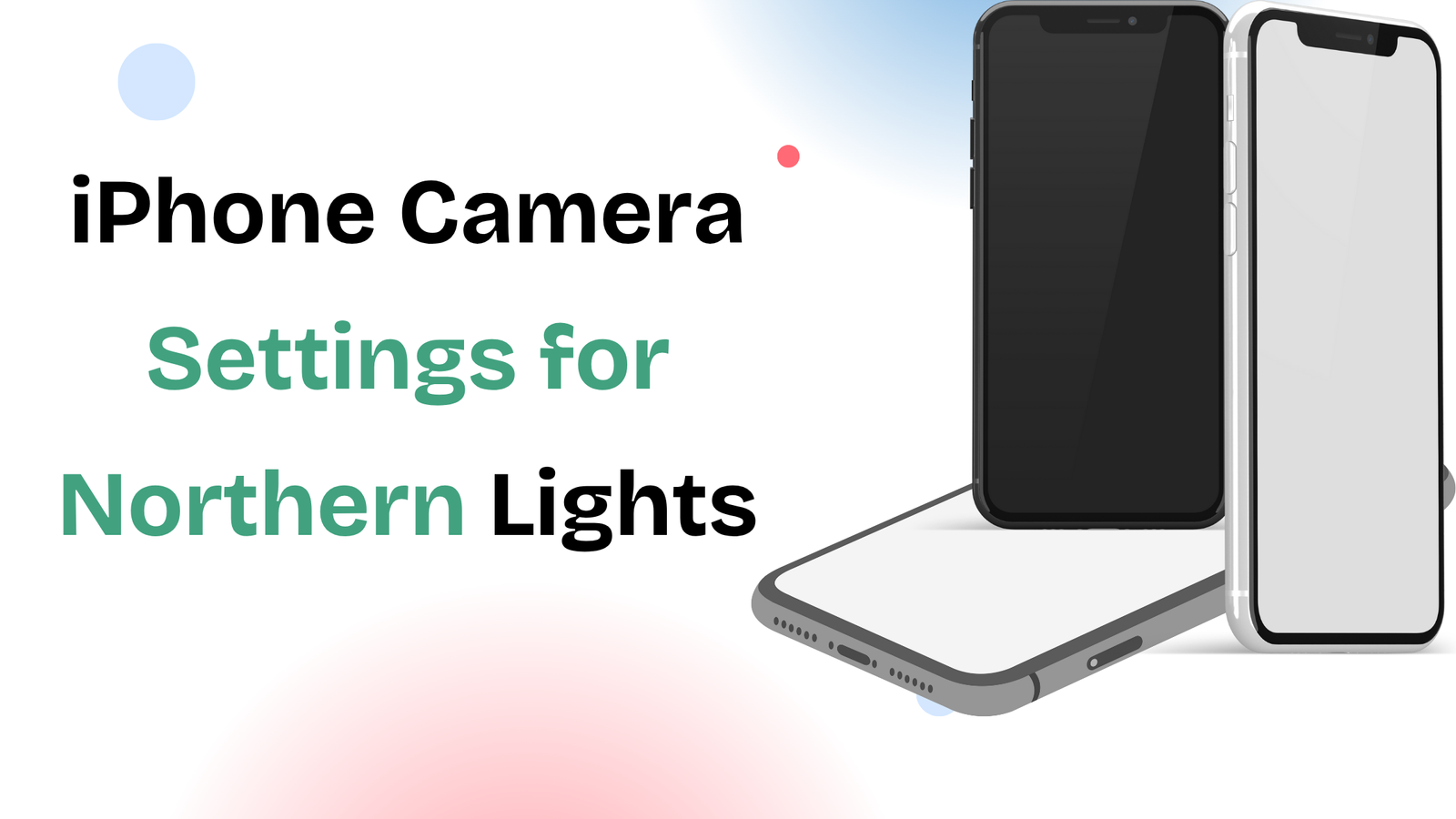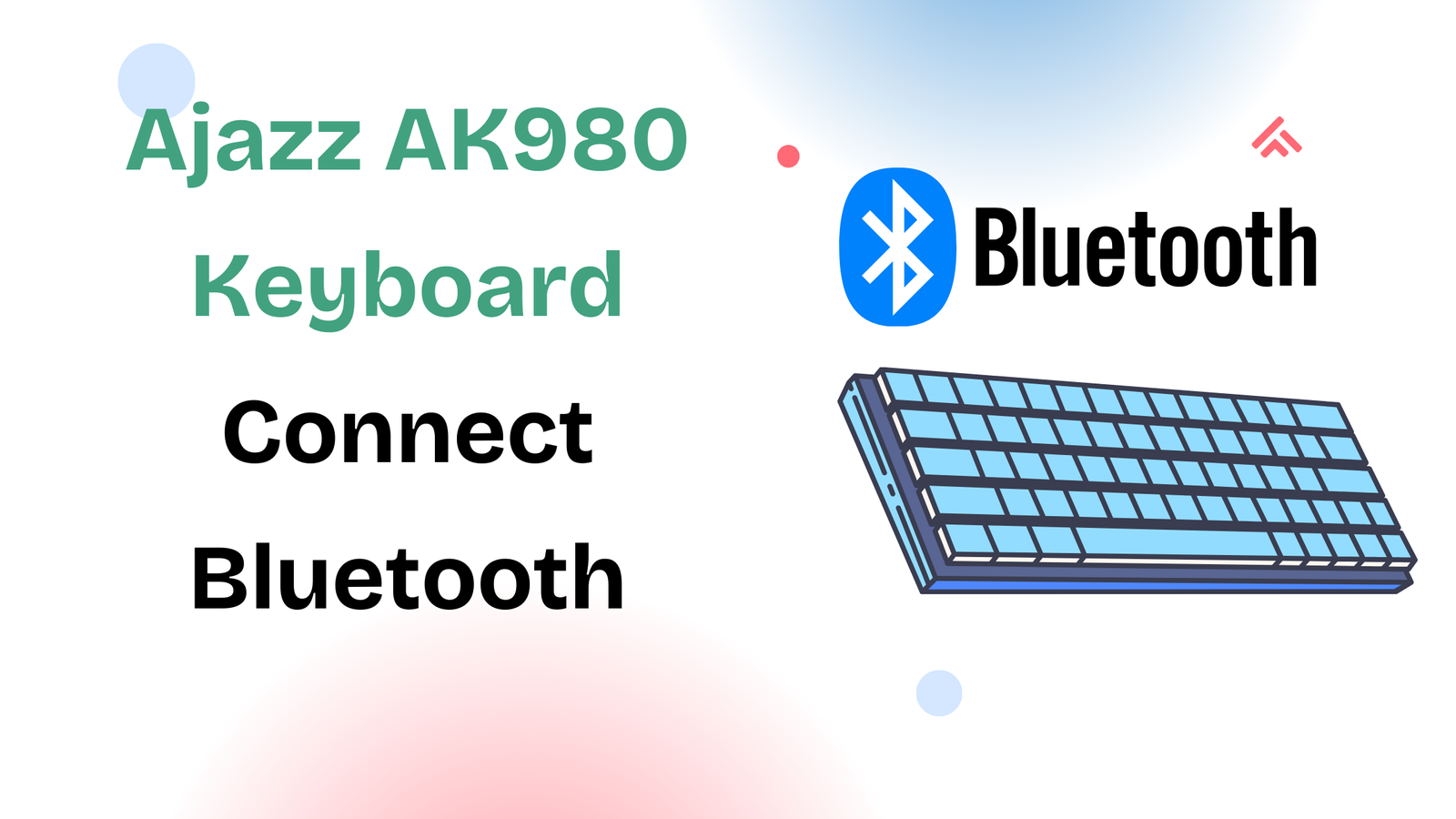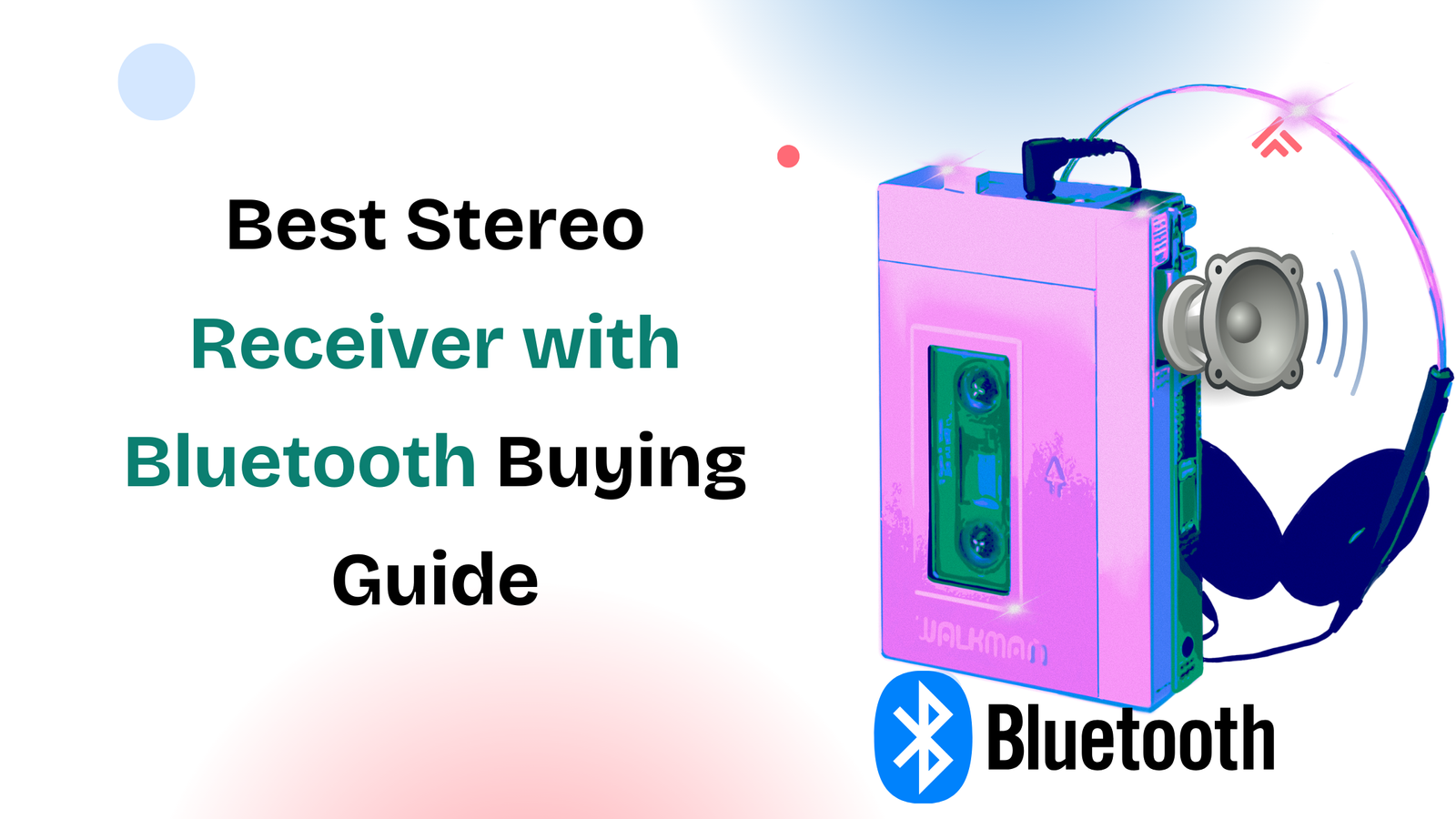Smart homes are becoming more personal than ever, and one of the most powerful features is presence detection. Imagine your lights turning on automatically when you enter a room, or your thermostat adjusting itself as soon as you get home. To make this possible, you need a reliable presence sensor integrated with Home Assistant.
In this guide, we’ll break down what presence sensors are, why they matter, and which ones are the best presence sensors for Home Assistant in 2025. We’ll also explore real-world examples of how you can combine them with home assistant motion sensors, advanced tools like Everything Presence, and smart automations through integrations such as Spotcast Home Assistant and Home Assistant Dishwasher Button Card.
What is a Presence Sensor in Home Assistant?
A Home Assistant presence sensor is a device or method that detects whether someone is home, in a specific room, or near a device. Unlike traditional motion sensors, which only track movement, presence sensors focus on “who” and “where” to create more personalized automations.
For example, your system could detect your phone connecting to Wi-Fi and trigger your smart lights. Or it could use Bluetooth low-energy (BLE) signals from wearables to track movement between rooms. This level of accuracy is what makes human presence sensors a core part of modern smart home setups.
Why Presence Sensors Matter
Presence detection goes beyond convenience. It improves security, saves energy, and creates comfort:
- Security: Automatically lock doors when no one is detected.
- Energy efficiency: Lights, appliances, and heating switch off when rooms are empty.
- Personalization: Music, lighting, and temperature adjust to whoever is home.
And when paired with Everything Presence or Z-Wave presence sensors, you get even more flexibility in how your system tracks and reacts. With the help of tools like Espresense: How to Set Zoom, you can fine-tune room detection to the exact level you need.
Types of Presence Sensors
Before looking at the best devices, it helps to understand the main categories of Home Assistant presence sensors:
- Wi-Fi Based Detection – Uses your smartphone’s connection to your network.
- Bluetooth/BLE Beacons – Great for room-level detection, especially with Espresense.
- Motion Sensors – Basic, but reliable for detecting movement.
- Z-Wave Presence Sensors – Offer strong compatibility and mesh-network reliability.
- Radar & Human Presence Sensors – Advanced sensors like Aqara FP2 detect even stationary humans.
- GPS/Geofencing – Tracks your phone’s location for broader home/away modes.
Each method has pros and cons, but the best setups use a combination for maximum accuracy.
Best Presence Sensors for Home Assistant in 2025
Here are the top-rated presence sensors for Home Assistant users this year:
1. Espresense for BLE Tracking
If you need room-level tracking, Espresense is one of the best options. It uses Bluetooth signals from phones, wearables, or tags to pinpoint presence. With proper calibration, it’s more accurate than standard motion sensors.
Learn how to configure it here: Espresense: How to Set Zoom | Step-by-Step Guide.
2. Aqara FP2 Human Presence Sensor
This radar-based human presence sensor detects not just movement but also stationary people. With zone-based detection, you can map out multiple areas of a room, making it an advanced solution for fine-tuned automations.
3. Everything Presence Sensor
The Everything Presence sensor combines multiple detection methods (motion, radar, and sometimes BLE) into one device. It’s highly customizable and integrates directly into Home Assistant, making it a strong all-in-one option.
4. Z-Wave Presence Sensors
For users with a Z-Wave ecosystem, dedicated Z-Wave presence sensors provide reliability and strong range thanks to mesh networking. They integrate seamlessly with Home Assistant, especially if you already use Z-Wave lighting or security systems.
5. Wi-Fi and Smartphone Tracking
Sometimes, the simplest solution is tracking your smartphone through Wi-Fi or GPS. This method is easy to implement and works great for home/away detection, though it’s less accurate than BLE or radar sensors.
Example Automations with Presence Sensors
Here’s how you can put presence sensors into action with Home Assistant:
- Lights & Music: Walk into the living room → lights switch on + Spotify plays via Spotcast Home Assistant.
- Appliance Notifications: Your dishwasher finishes a cycle → you get a notification on your Home Assistant Dishwasher Button Card as soon as you enter the kitchen.
- Energy Saving: Everyone leaves home → Z-Wave presence sensor confirms absence → thermostat lowers and devices shut down.
When paired with Espresense and advanced motion sensors, you can build multi-layered automations that feel natural.
Choosing the Right Presence Sensor
If you’re starting out, begin with Wi-Fi or phone-based tracking for simplicity. For more accuracy, combine them with BLE sensors like Espresense. If you want an all-in-one device, consider Everything Presence. And if you already use Z-Wave, a Z-Wave presence sensor may be your best fit.
The perfect setup depends on your budget, ecosystem, and the level of precision you want in your automations.
Final Thoughts
A Home Assistant presence sensor is more than just a gadget, it’s the backbone of a responsive smart home. Whether you go with BLE tracking, Z-Wave presence sensors, or advanced human presence sensors, your automations become smoother, smarter, and more energy-efficient.
When combined with integrations like Spotcast Home Assistant, Home Assistant Dishwasher Button Card, and Espresense Setup, presence sensors help you build a truly adaptive home

